Linou
The root of the name of the village appears to be ancient Greek
Linou is a village in the Nicosia province that belongs to the geographical region of Solis - Solias. The village is built 48 km southwest of the capital, on the right bank of the Kargotis River, at an average altitude of 310 meters. In the last census of 2001, the inhabitants of Linou were 207.
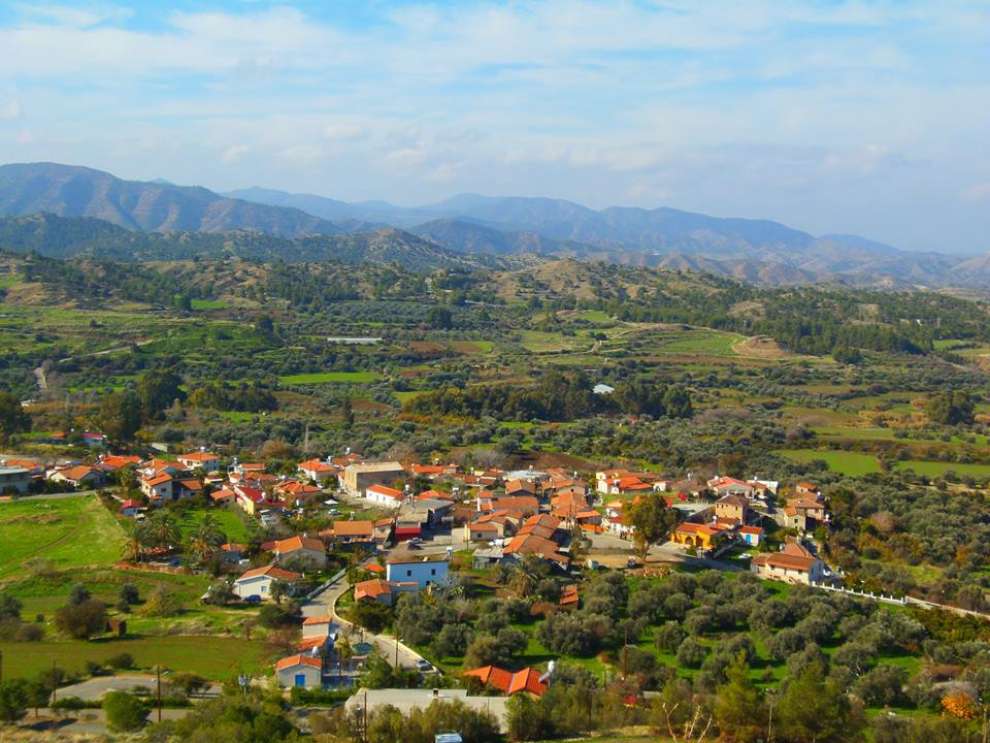 Photo: Nina Iosif
Photo: Nina Iosif
The story of Linou:
During Medieval times, Frankish and Venetian rule, the village was a feud. In old charts it is marked as Linu. The name of the village seems to have an ancient Greek root, as we will explain below, which suggests habitation in the area since antiquity.
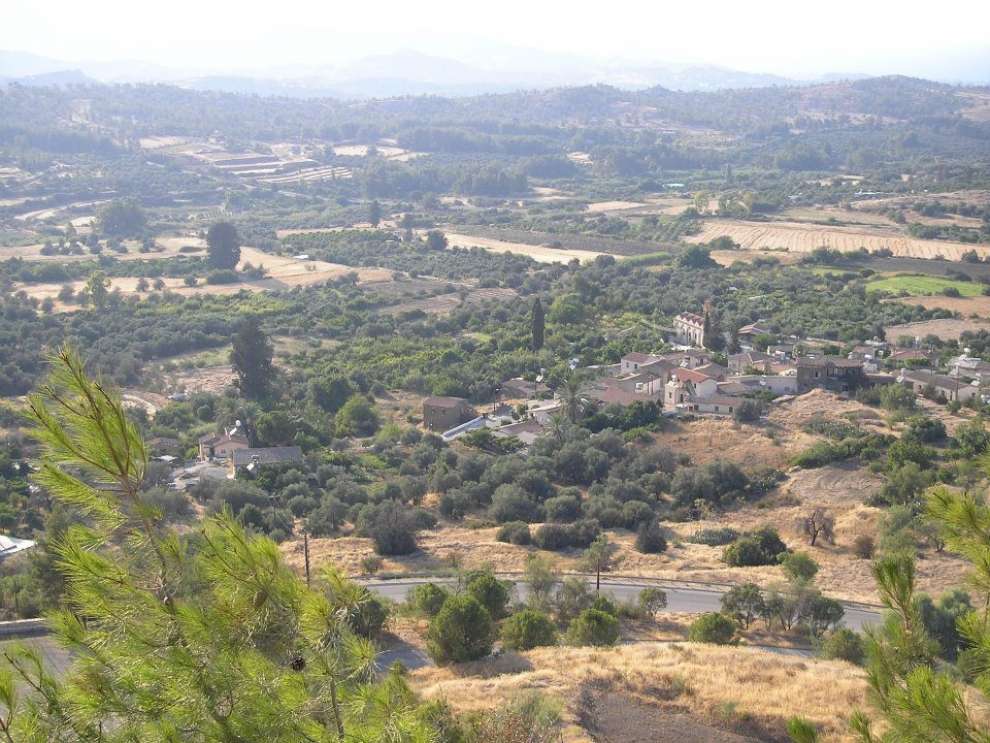 Photo: Rolandos Athinodorou
Photo: Rolandos Athinodorou
The name of the Village:
According to the first version, the village was called Linos, as many write it, claiming that its name derives from the word "linon", the ancient tool with which the grapes were cracked to make the wine, considering that the area was perhaps in antiquity of wine production and possessed a wine-cellar, or it may have been a place of worship of Linnaeus Apollo.
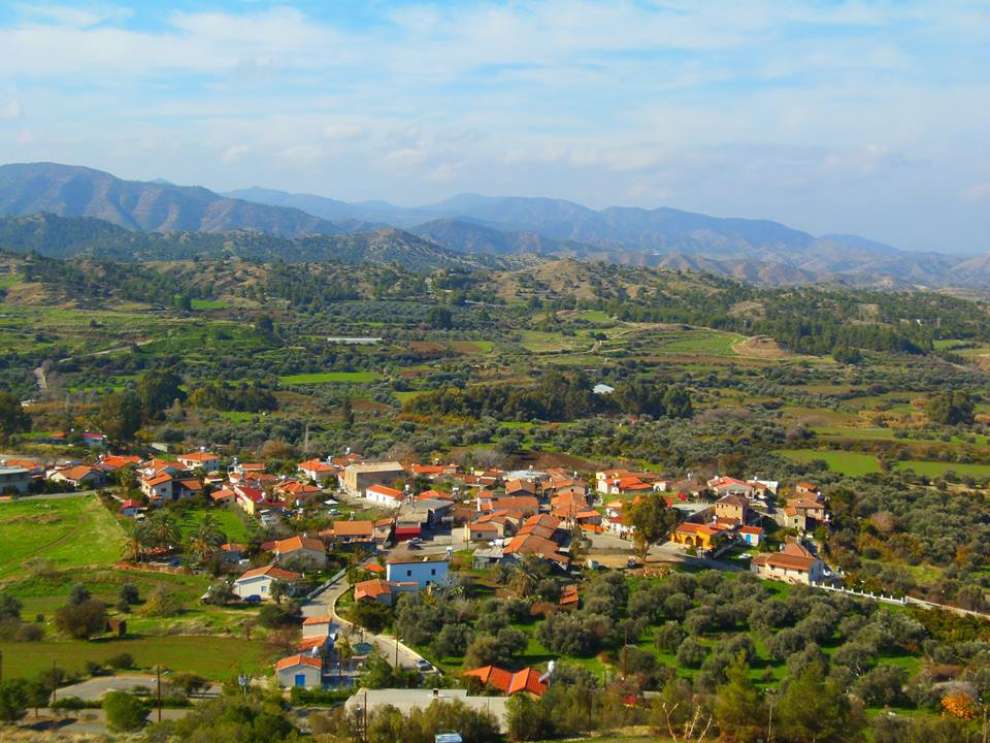 Photo: Nina Iosif
Photo: Nina Iosif
Others write the word as Linou, considering that its name came from the Linon (meaning Flax), which was being cultivated in Cyprus since the ancient years for the fabrication of linen fabrics. Others believe that the name Linou is related to the worship of Linou, son of Apollo and Psamathis.
The crops of the village:
In the village of Linou, olive trees, citrus fruits, a few vegetables such as peas and tomatoes, grains, legumes and a few fruit trees such as apples, pears and plums are grown. Also in the village there are wild natural vegetation, mainly pine trees, thyme and crataegus azarolus.
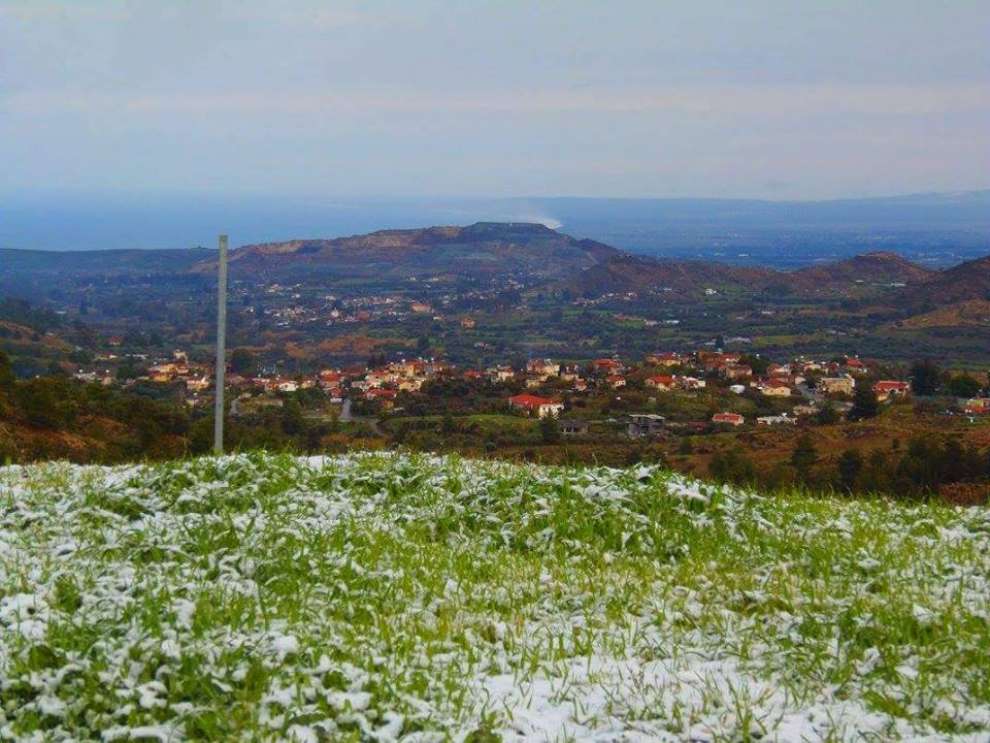 Photo: Nina Iosif
Photo: Nina Iosif
Churches, chapels and monuments of the village:
In Linou you will find the Church of the Virgin Mary of Chrysopantanassa, as well as the churches of Agia Marina, Prophet Elias and Saints Saranda.
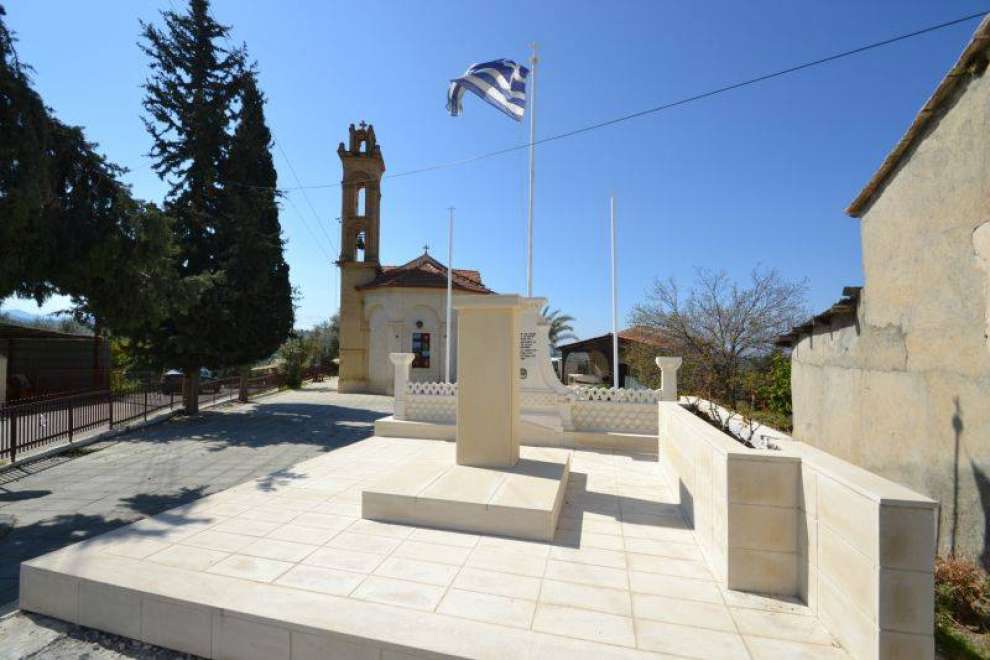 Photo: Maria Kiriakou
Photo: Maria Kiriakou
Finally, walking around Linou you will see the Heroes Monument dedicated to George Antoniou and Andreas Zakos, as well as the old watermill of the village.
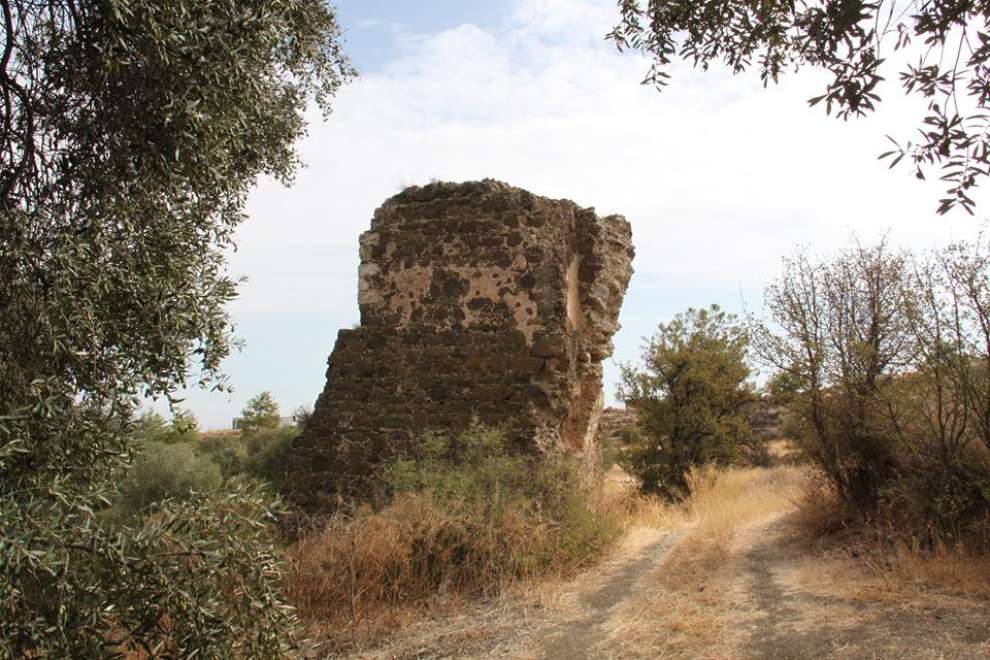 Photo: Yiannis Kypri
Photo: Yiannis Kypri
For the map of the area, click HERE

 English
English
 Ελληνικά
Ελληνικά Русский
Русский
















